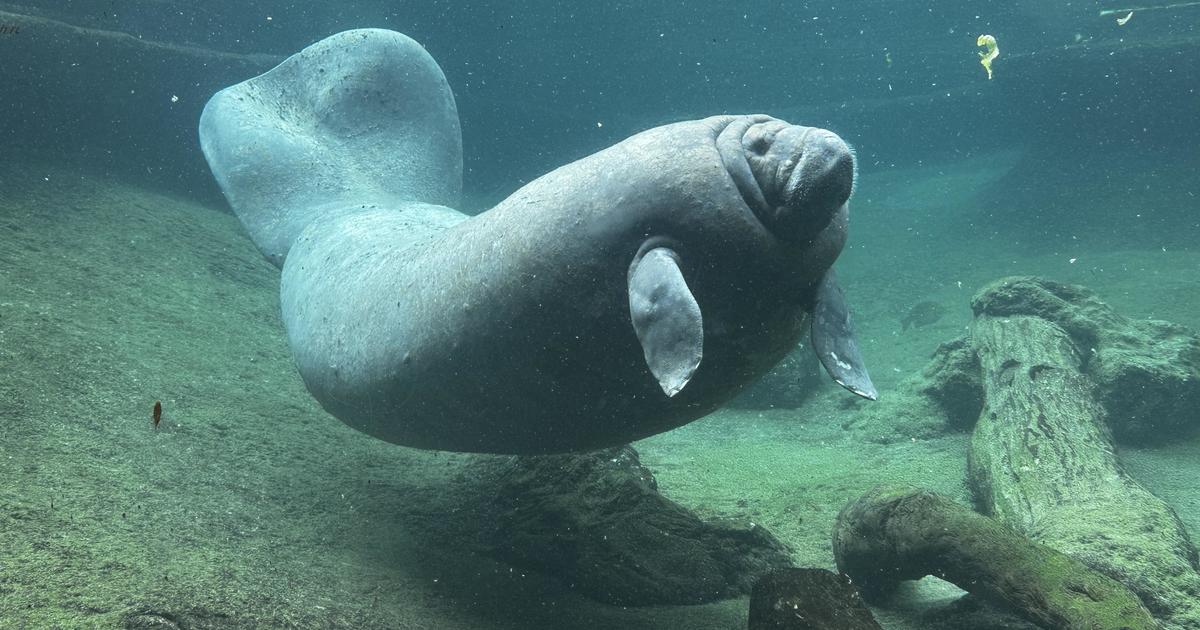NASA: Moons of Jupiter & Saturn May Hold Ingredients For Life
Follow CBSMIAMI.COM: Facebook | Twitter
WASHINGTON, DC (CBSMiami) -- NASA discussed new findings about the oceans beyond the Earth in our solar system Thursday during a briefing from NASA headquarters in Washington, DC. NASA says their new evidence shows the most likely places to find life beyond Earth are on one of the moons of Jupiter or Saturn.
Results from the agency's Cassini spacecraft and the Hubble Space Telescope indicate hydrogen exists in the form of hydrogen plumes on Europa - one of the moons of Jupiter and Enceladas, one of the moons associated with Saturn.
"We have detected hydrogen in the plume on Enceladus. That hydrogen is coming from a hydrothermal vent on the sea floor of Enceladus going out into space through the plume," said Linda Spilker, Cassini project scientist at NASA's Jet Propulsion Laboratory in Pasadena, California. "This is a very significant finding and could be a potential source of energy for any microbes that could be in Enceladus' ocean so this could be a very exciting finding for the Cassini team. Enceladus is too small to have retained hydrogen, so the gas we see today is coming from inside Enceladus."
Experts say the plumes could produce enough energy to help support life, despite being so far away from sunlight.
.@CassiniSaturn discovered ingredients for life in the plume of particles spraying from Enceladus: https://t.co/BmW9P9kv9c #OceanWorlds pic.twitter.com/IN3ohXxjkb
— NASA (@NASA) April 13, 2017
So which moon offers more possibility of life, Europa or Enceladus?
That is a tough question to answer, according to Mary Voytek, an astrobiology senior scientist at NASA Headquarters.
"This result of so much hydrothermal activity and hydrogen. It speaks to the habitability. On the other hand, the fact that we can measure high concentration of carbon dioxide and hydrogen means there might not be life at all or it is not very active. We think Enceladus might be fairly young. On the other hand, there's no reason to believe it would not be the same on Europa. We know Europa and the moons around Jupiter existed 4 billion years ago so that is a lot more time for life to have emerged and start taking advantage of these energy sources. So money for the moment, is still on Europa - but it could be on any of these moons."
Why is this so exciting?
"This is the closest we've come, so far, to identifying a place with some of the ingredients needed for a habitable environment," said Thomas Zurbuchen, associate administrator for NASA's Science Mission Directorate. "These results demonstrate the interconnected nature of NASA's science missions that are getting us closer to answering whether we are indeed alone or not."
The necessary ingredients for life as we know it include liquid water, energy sources and chemicals such as carbon, hydrogen, oxygen, nitrogen, sulfur and phosphorus.
Earth is considered an ocean world because a majority of planet's surface is covered with water. Other ocean worlds in our solar system, besides Europa and Enceladus, potentially include Jupiter's moons Ganymede and Callisto; Saturn's moons Mimas and Titan; Neptune's moon Triton; and the dwarf planet Pluto.



